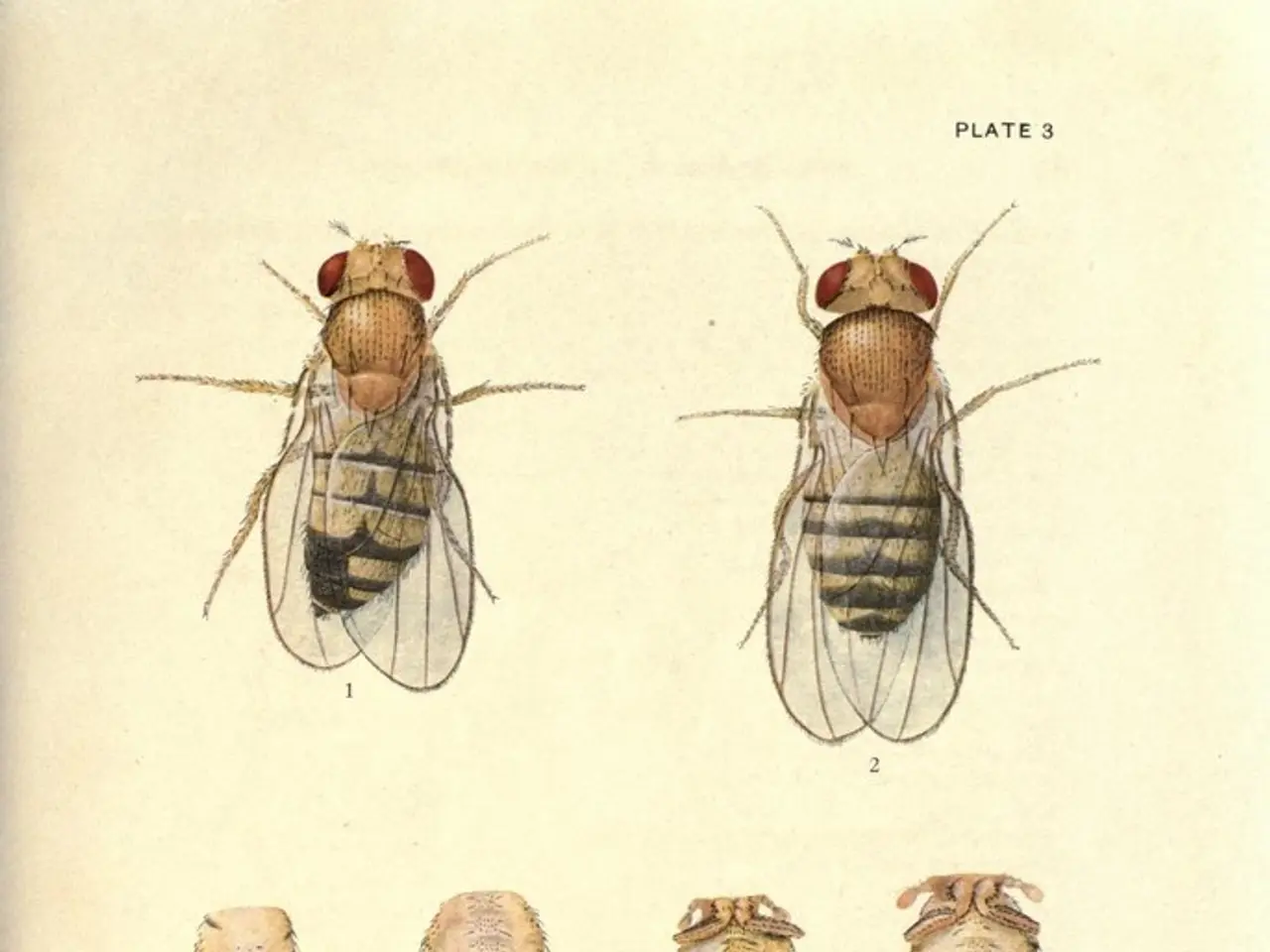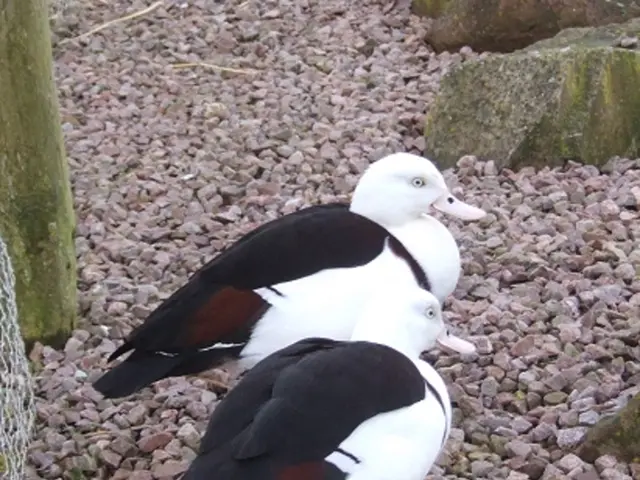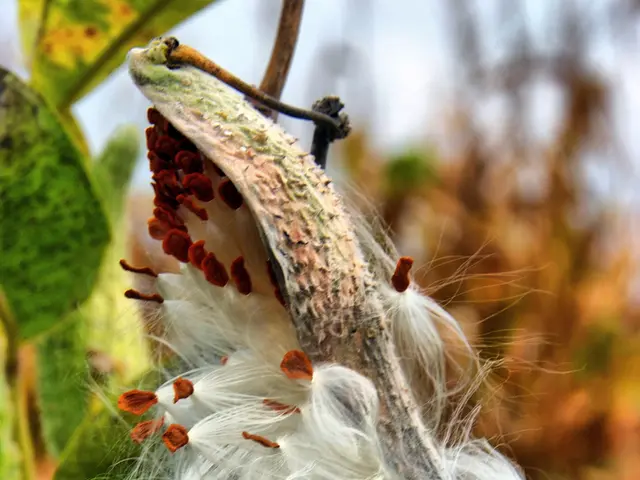Krasnodar Territory Fights Mass Marmorated Stink Bug Invasion
Residents of the Krasnodar Territory are facing a mass invasion of marmorated stink bugs, prompting authorities to take action. The bugs, not harmful to humans but dangerous to agriculture, are being targeted in a four-stage treatment process from May to October, following scientists' recommendations.
Over 27 million rubles have been allocated for this year's treatment. Authorities are involving landowners and plot owners in the fight, distributing special guidelines to residents and USDA agricultural producers. The resort is treating green vegetation, and mechanical collection and spraying with specific preparations are being used in uninhabited areas. This spring, 15 overwintering sites of the bugs were discovered and eliminated on the resort's territory. Special pheromone traps are proving effective against the bug in spring and summer.
Scientists explain that mass invasions of such insects are often influenced by natural factors related to environmental conditions, food availability, and the behavior of the insects themselves. While there's no specific entity coordinating these invasions, organizations and authorities in agriculture and environmental monitoring are involved in observing and managing pests. For specific situations like this, local authorities and scientific institutions can provide information and control measures.
The marmorated stink bug, while not a threat to humans, is a dangerous agricultural pest. Authorities in the Krasnodar Territory are taking steps to control its mass invasion, with a four-stage treatment process and the involvement of landowners and residents. Scientific guidelines and effective control methods are being employed to manage the situation.
Read also:
- Catastrophe at a U.S. Steel facility in Pennsylvania results in the loss of two lives. crucial details unveiled
- Two 'Last Generation' Activists Sentenced for Cologne/Bonn Airport Runway Blockade
- Auto Industry Updates: Geotab, C2A, Deloitte, NOVOSENSE, Soracom, and Panasonic in Focus
- TU Braunschweig Leads at WSCC 2025: Tackling Water Security in a Changing Climate







